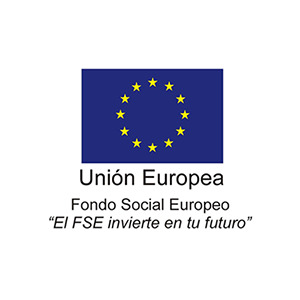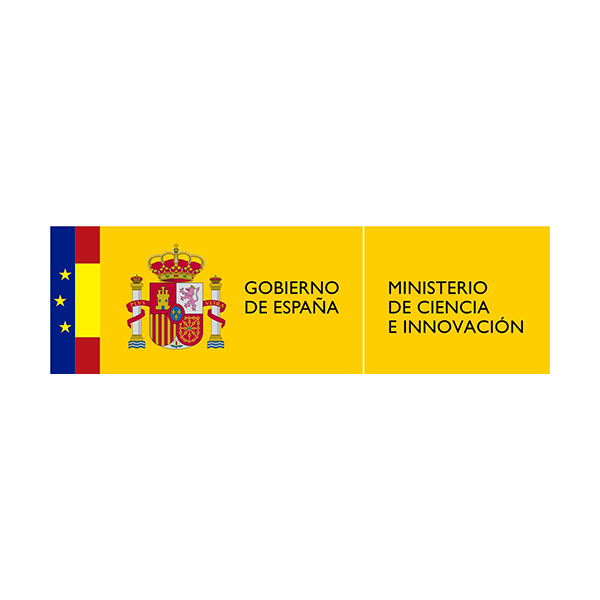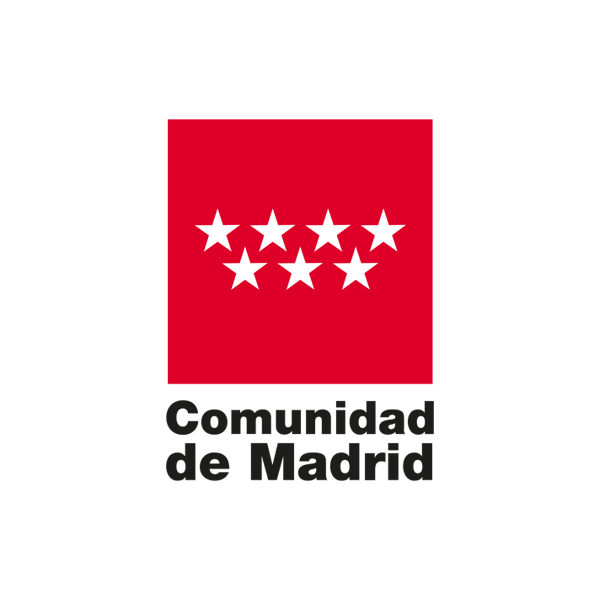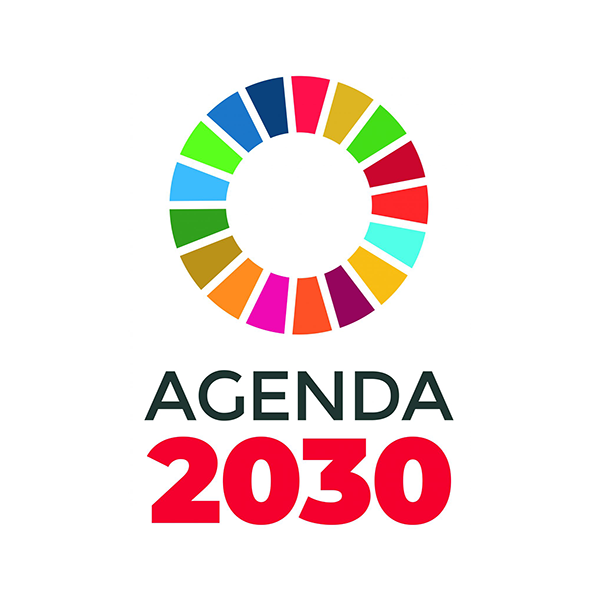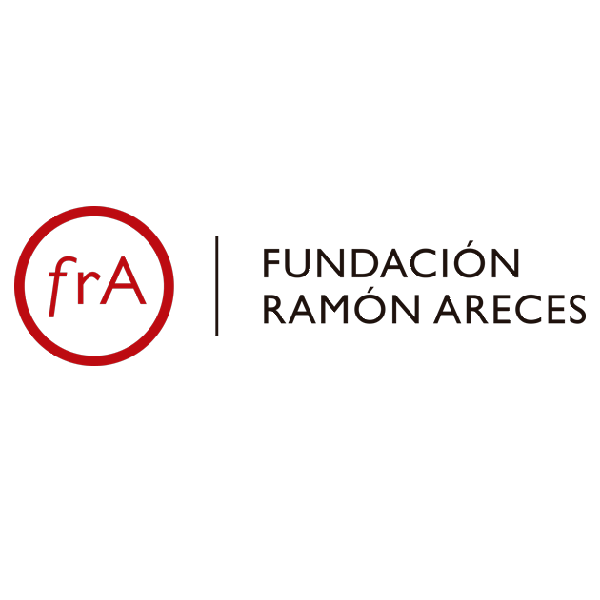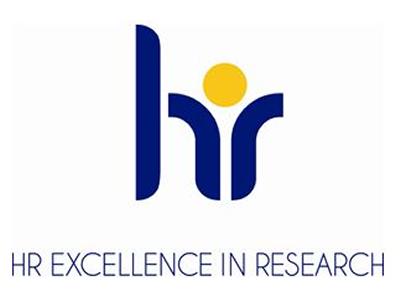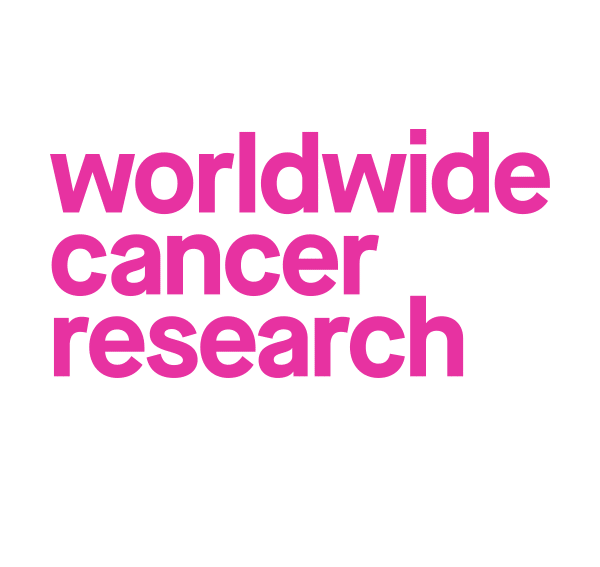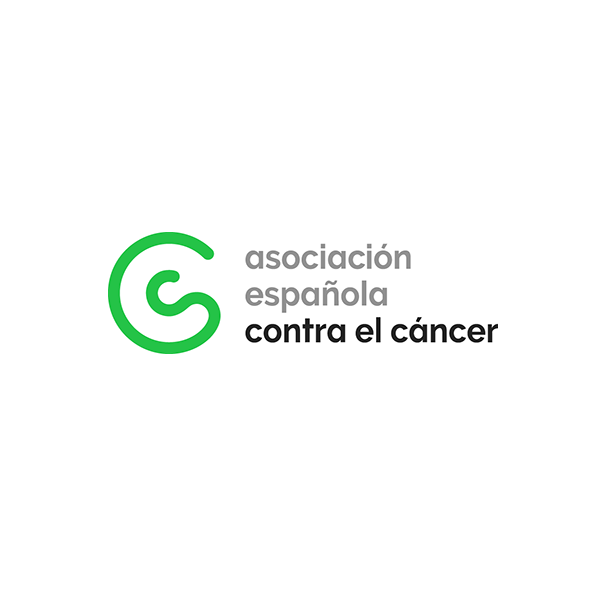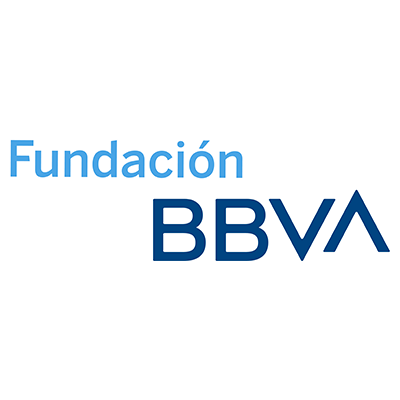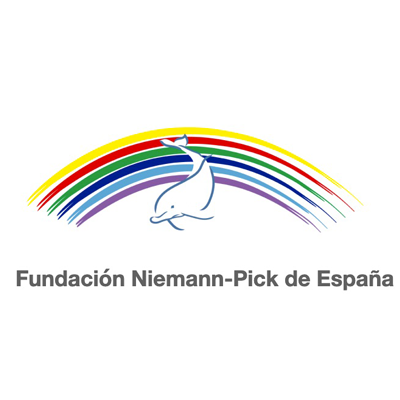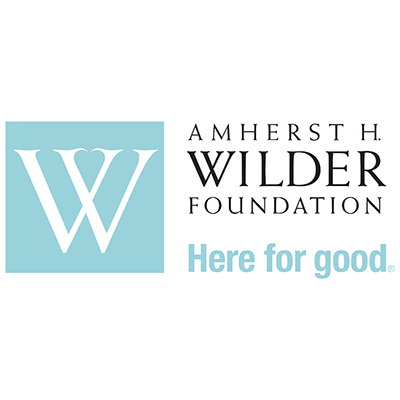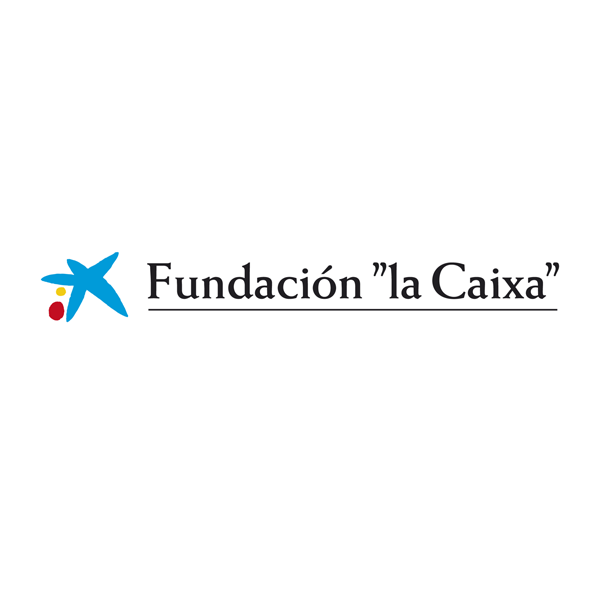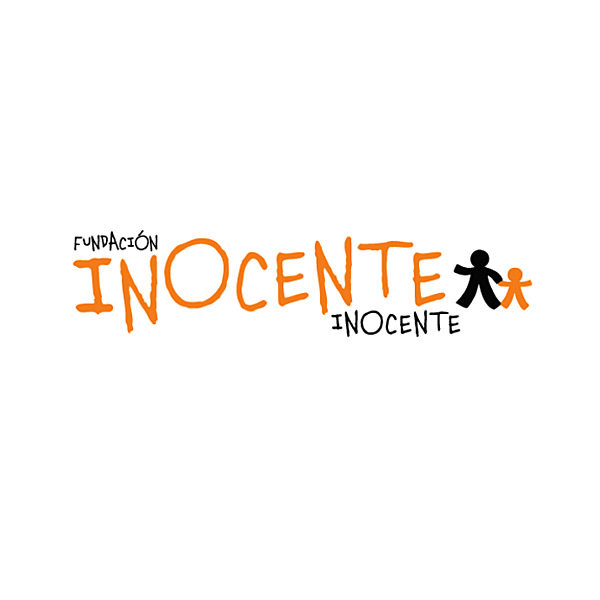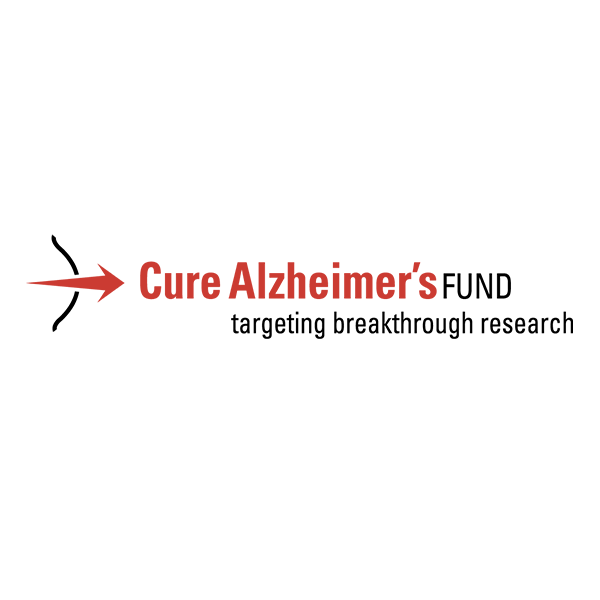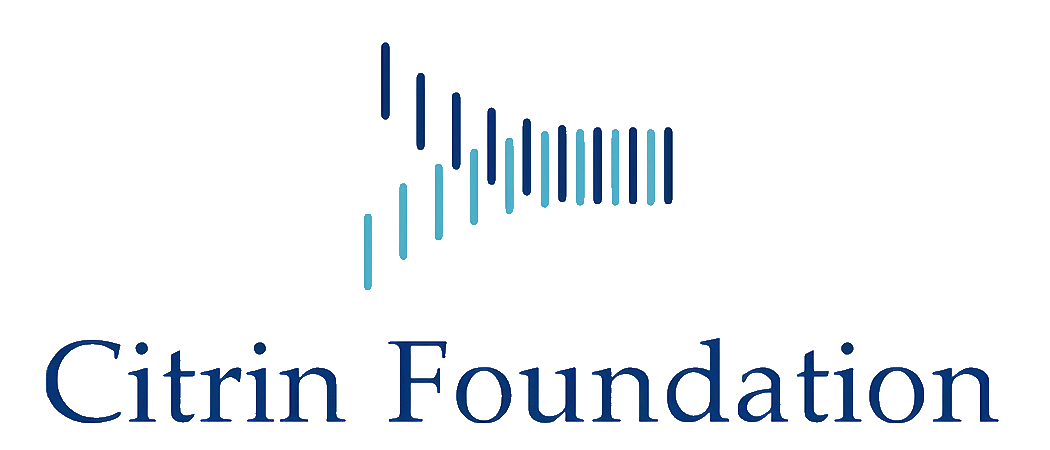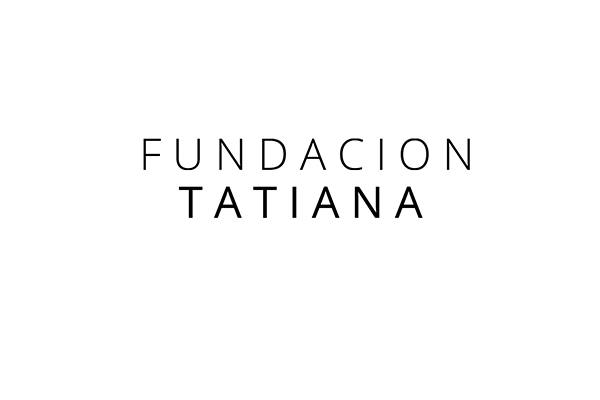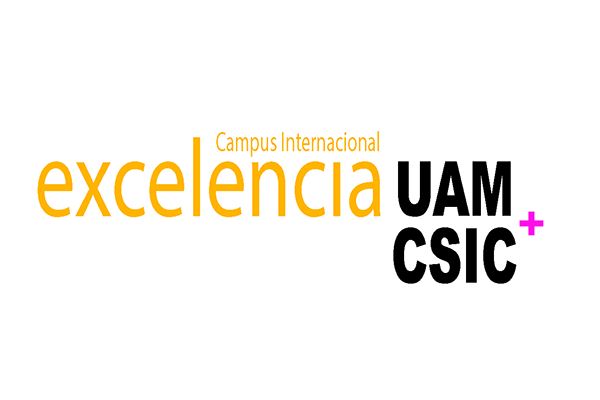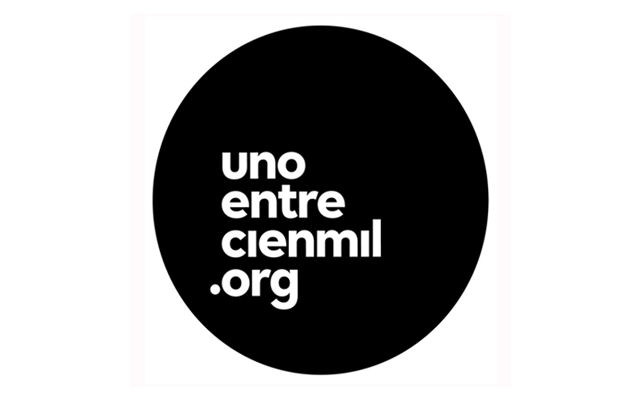Drosophila transgenesis
The Drosophila Transgenesis Facility was created in 2008 within the Consolider Project “From Genes to Shape” with the aim of bringing this basic and crucial technique to the Consolider members in a simple and cost effective way.
The facility success during the initial founding years prompted several groups that did not belong to the consortium to show an interest in our services. Thus, it was decided to extend it to all potential users in Spain and also abroad.
The facility has significantly evolved since its origins, adding most transgenesis techniques to our portfolio. Currently, our team is composed of three highly qualified professionals with more than ten years of experience in transgenesis of Drosophila. We offer the following services:
- Classic transgenesis by P-element mediated random insertion of DNA.
- Targeted transgenesis mediated by PhiC31 integrase using both, plasmids and BACs.
- Injection of DNA cocktails for CRISPR/Cas9 aided genome editing.
The keys to our success are:
- Efficiency: We have already injected more than 2000 DNA constructs with an overall success of about 98%.
- Speed: We deliver the injected larvae just 5 to 9 days after reception of a new DNA sample.
- Low cost: Very competitive pricing compared to other national and international similar facilities.
We currently provide our services to more than 20 groups in Spain and 10 groups in Great Britain, Germany, France and Portugal.
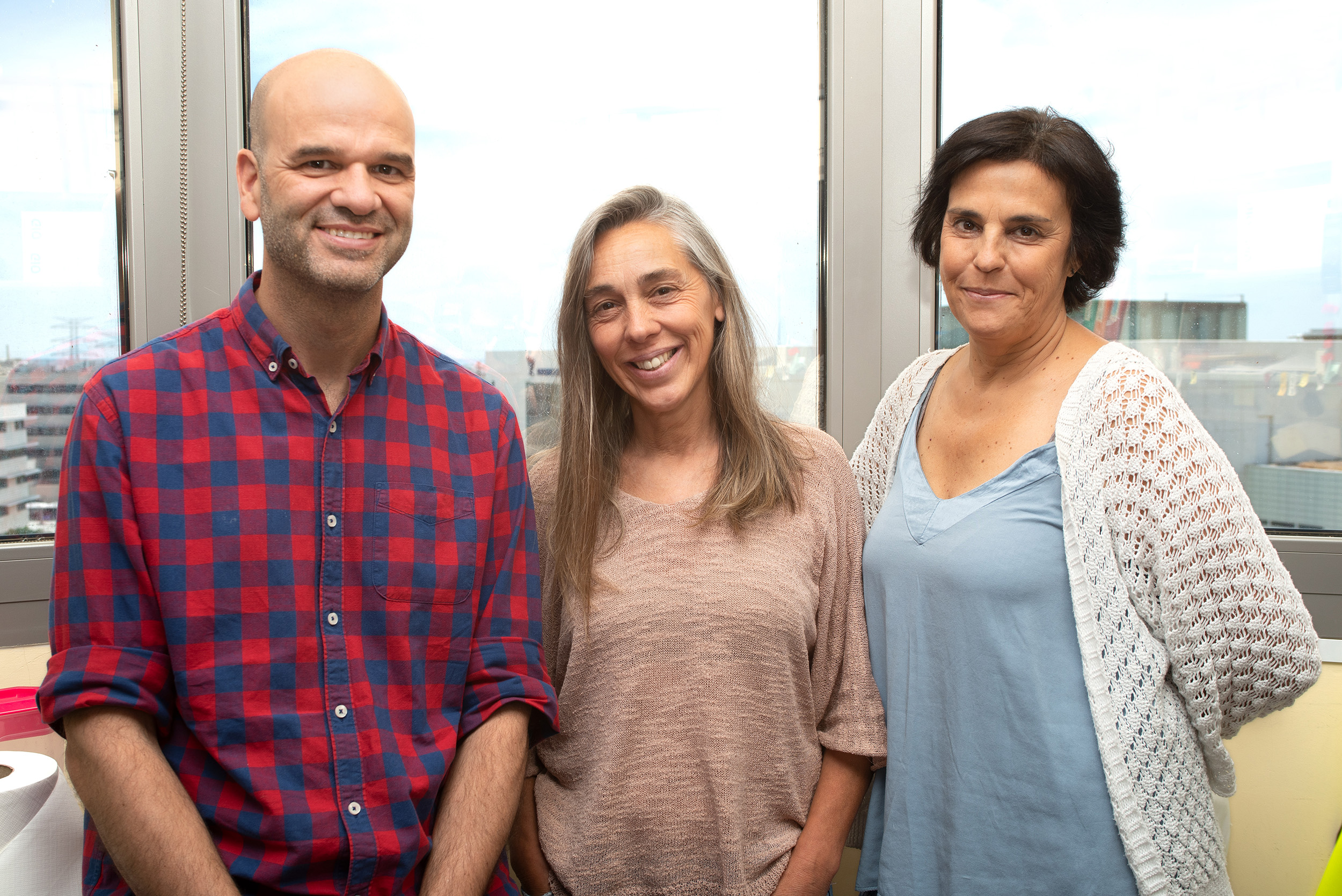
| Last name | Name | Laboratory | Ext.* |
|---|
We provide the following SERVICES:
- Classic transgenesis by P-element mediated random insertion of DNA:
The relevant DNA fragment should be cloned into a plasmid containing P-element inverted repeats for integration and a mini-white gene to screen for positives.
About 10 micrograms of DNA are needed in a maximum volume of 100 microliters.
Please, provide only high quality DNA preps (Qiagen kit or similar) in TE buffer or water. There is no need for you to include the helper DNA. - Targeted transgenesis mediated by PhiC31 integrase:
This technique allows the insertion of transgenes into well-defined docking sites available at several chromosomal locations. You can find information about this methodology for example in this paper and also in FlyC31.
Transgenes should be cloned into attB containing plasmids that also carry a mini-white or a vermilion gene for identification of positives. We require high quality DNA preps obtained with the Qiagen kit or similar. Dissolve the DNA in water at 300 nanograms/microliter and a minimum volume of 10 microliters.
We routinely use the following attP docking sites. However, contact us in case you have other requirements:
w / yw background:
-M{3xP3-RFP.attP'}ZH-22A: Insertion at 2L-22A
-M{3xP3-RFP.attP}ZH-51D: Insertion at 2R-51D
-M{3xP3-RFP.attP'}ZH-68E: Insertion at 3L-68E
-M{3xP3-RFP.attP}ZH-86Fb: Insertion at 3R-86F
v background (required to generate stable lines for some CRISPR/Cas9 applications):
-P{CaryP}attP40: Insertion at 2L-25C7
-P{CaryP}attP2: Insertion at 3L-68A4 - Injection of nucleic acid cocktails for CRISPR/Cas9 aided genome editing:
We can inject nucleic acid mixtures containing gRNAs, gRNA coding plasmids, targeting vectors and ssDNA templates for CRISPR/Cas9 aided genome editing. The recipient strain we use expresses Cas9 under the nanos promoter (see table below). Unfortunately, we cannot provide support regarding experimental design or the multiple available technical approaches. The user should provide the nucleic acid mixture ready to be injected. The number of injected embryos should also be defined by the user. In our experience, about 500 embryos are needed for a knock-in experiment.
DNA PREPARATION
We recommend Qiagen plasmid purification kit or similar for DNA purification. DNA must be quantified by the user before shipment.
WORKFLOW
For P-element or PhiC31 mediated transgenesis, we inject 150-200 embryos for each construct. Surviving larvae (50-100) are shipped 3-4 days after injection and the user is responsible to screen for positives. In case no transformants are obtained, we will inject the sample a second time with priority and free of charge.
INSTRUCTIONS
Send your samples to the following address:
Eva Caminero
Centro de Biología Molecular S.O.
C/Nicolás Cabrera 1
28049-Madrid
Teléfono: +34-911964401
Please, also include your instructions using this form. If this is your first time using the facility, you should also fill some legal paperwork.
RATES
Each DNA construct injected:
-CBM/UAM users: 40€
-CSIC users: 46€
-Other users: 120€
STRAINS
P-element
Total DNA: 10µg
yw
| SYSTEM | STRAIN | BDSC# |
|---|---|---|
|
w[1118] |
||
| PhiC31 >300µg/µl 10µl |
2L y[1] M{vas-int.Dm}ZH-2A w[*]; M{3xP3-RFP.attP'}ZH-22A |
B#24481 |
|
2R y[1] M{vas-int.Dm}ZH-2A w[*]; M{3xP3-RFP.attP}ZH-51D |
B#24483 |
|
|
3L y[1] M{vas-int.Dm}ZH-2A w[*]; M{3xP3-RFP.attP'}ZH-68E |
B#24485 |
|
|
3R y[1] M{vas-int.Dm}ZH-2A w[*]; M{3xP3-RFP.attP}ZH-86Fb |
B#24749 |
|
|
25C y[1] v[1] P{y[+t7.7]=nos-phiC31\int.NLS}X;P{y[+t7.7]=CaryP}attP40 |
B#25709 |
|
|
68A y[1] sc[1] v[1] P{y[+t7.7]=nos-phiC31\int.NLS}X; P{y[+t7.7]=CaryP}attP2 |
B#25710 |
|
| CRISPR/Cas9 |
Noscas9 y[1] M{w[+mC]=nos-Cas9.P}ZH-2A w[*] |
B#54591 |
| y[1] M{GFP[E.3xP3]=vas-Cas9.RFP-}ZH-2A w[1118] | B#55821 |
Drosophila Transgenesis Facility
Centro de Biología Molecular Severo Ochoa (CSIC-UAM)
C/ Nicolás Cabrera,1
Universidad Autónoma de Madrid. Cantoblanco.
28049 Madrid
Phone: 911 964 610
Laboratory: 423A
E-mail: transgenesisdro@cbm.csic.es

